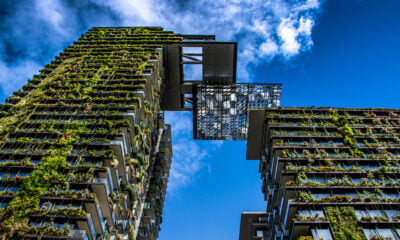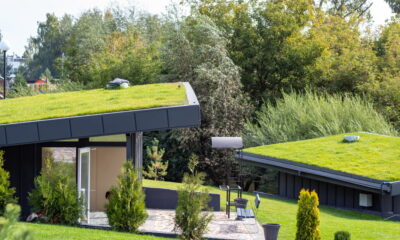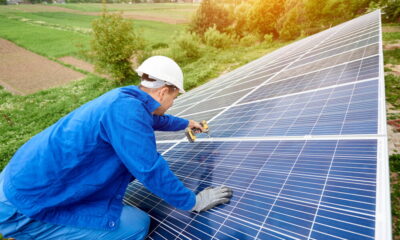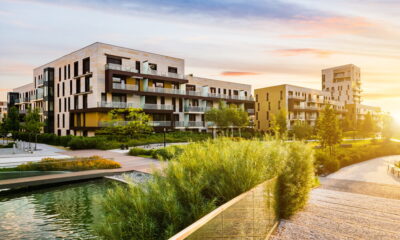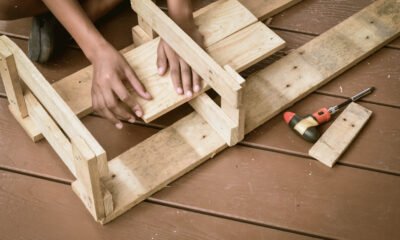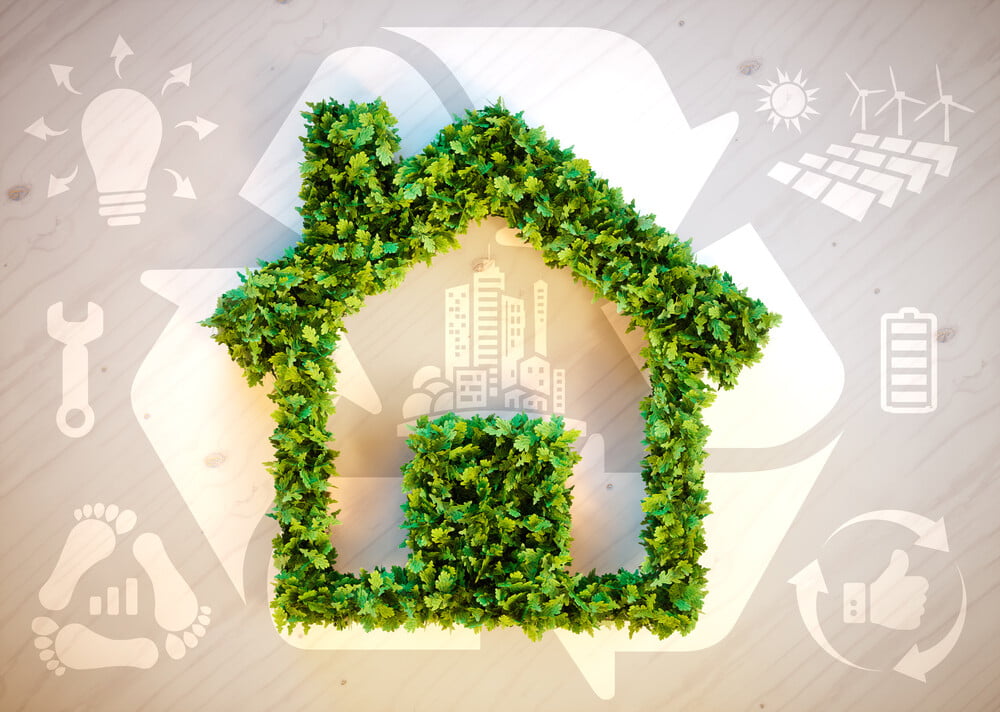
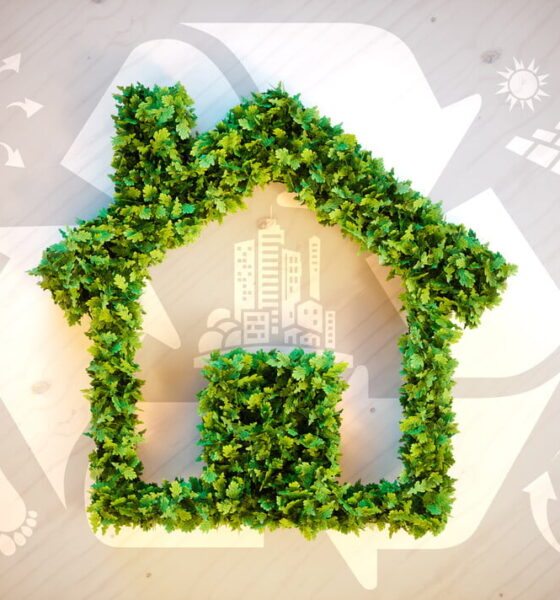
Environment
6 Tips for Investing in Green Home Construction
Green home construction used to occupy such a niche that home builders only embarked on these projects when they had a client who specifically asked for eco-friendly design. But now, with the real estate market booming and sustainability having become a positive value across society, green home construction has become commonplace in spec house building.
If you’re going to attempt green home construction with spec houses, which are risky investments to begin with, you’ll want to heed certain tips and pointers. Specifically, pay attention to the following:
1. Think About Building Orientation
The orientation of the house on the lot is one of the first matters of import. You may be limited in what you can do, based on zoning laws and topographic limitations, but try to give careful thought to this.
Common sense should tell you to limit the number of east- and west-facing windows, to design the roof so that it can accommodate solar panels, and to use the natural landscape to provide effective shading.
2. Design Small and Functional
The biggest mistake people make when building new homes is to make them big and inefficient, from a functional perspective. There’s certainly ongoing demand for homes that boast plenty of square footage, but energy efficiency is much more feasible in a moderately sized structure. Somewhere between 2,000 to 2,500 square feet is ideal, as long as every room is properly designed for everyday living.
3. Get Insulation Right
There’s a common saying in the energy-efficient home construction space: “Build it tight, vent it right.” This phrase describes the two most crucial aspects of home design: Airtight insulation and effective venting.
It’s impossible to achieve energy efficiency without a well-insulated structure. You should put as much of your focus and energy on this aspect of the process as possible … even if it means you have to extend your construction timeline.
4. Use Recycled and Sustainable Materials
One of the more crucial facets of green home design — in both aesthetic and practical terms — is the selection of construction materials. Not only can you buy recycled paper, but you can also buy recycled technology like mobiles, gaming consoles, even recondition stairlifts from Access BDD.
“Whenever possible, seek recycled materials,” Green Residential suggests. “Bamboo is popular for flooring and cabinets because it’s more easily renewable than hardwood. Explore your sustainable building materials and try to incorporate some of these into your home design. You’ll likely find that many sustainable materials are also major home design trends.”
5. Go Solar
Solar used to be highly expensive and the technology stuck out like a sore thumb on the few structures that chose to incorporate it. Today, most solar manufacturers have achieved better economies of scale.
Generous government incentives have also played a significant role, because they help offset a substantial portion of the cost. Furthermore, the presence of solar panels on home structures has become less unusual, which makes them less likely to put off prospective homeowners.
Designing and building a home with solar power capabilities from the start is a lot more cost-effective than adding them later, so keep that in mind.
6. Think About Water
Don’t get so caught up in energy efficiency that you forget about water efficiency. This will only become a more pressing concern in the coming years, so now’s the time to address it in how we design and build new homes.
Since conventional toilets, showers, and faucets account for roughly 41 gallons of daily consumption per person — or roughly 60 percent of daily consumption in the average American household — it makes sense to start with the bathroom.
Doing Green Construction Right
It’s one thing to say that you want to build a “green” house. Unfortunately, the idea of green home construction has been so trendy in recent years that it’s in danger of becoming more of an empty buzzword than anything else.
If you honestly want to build a house that’s energy-efficient and sustainable, start with some of the fundamentals of construction and design described in this article.


 Environment10 months ago
Environment10 months agoAre Polymer Banknotes: an Eco-Friendly Trend or a Groundswell?

 Environment11 months ago
Environment11 months agoEco-Friendly Home Improvements: Top 7 Upgrades for 2025

 Features9 months ago
Features9 months agoEco-Friendly Cryptocurrencies: Sustainable Investment Choices

 Features10 months ago
Features10 months agoEco-Friendly Crypto Traders Must Find the Right Exchange
